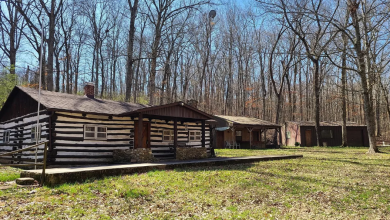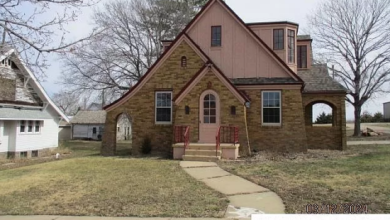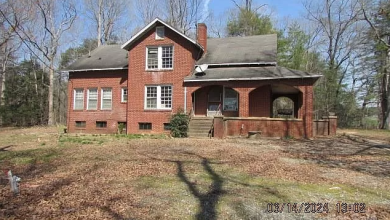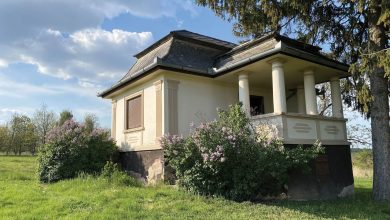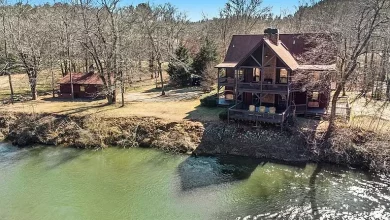Castelo da Dona Chica – Portugal’s Neo-Romantic Dona Chica Castle
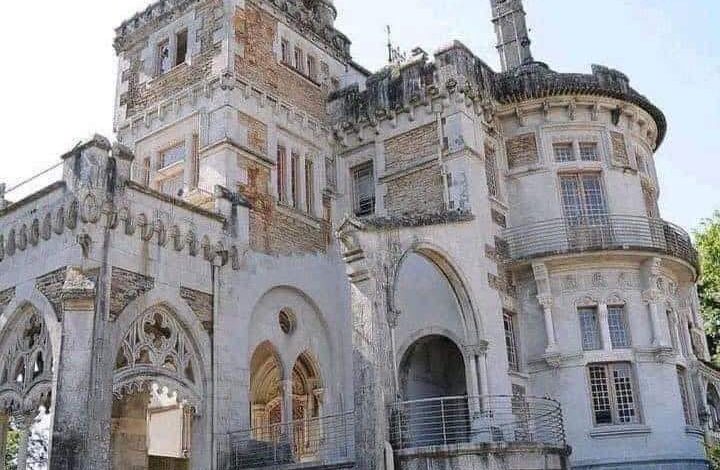
Dona Chica Castle, or Castelo da Dona Chica in Portuguese, is a neo-romantic castle or residence situated in the civil parish of Palmeira, within the municipality of Braga in northern Portugal. The initial design of the castle was crafted by Ernesto Korrodi, but due to insufficient funds in the early stages of the project, ownership eventually shifted hands, leading the castle to end up in the possession of creditors.

In 1915, Swiss architect Ernesto Korrodi, who later became a naturalized Portuguese citizen, undertook the conception and execution of the Dona Chica Castle project. This endeavor was carried out under a contract with João José Ferreira Rego, then married to a Brazilian woman named Francisca Peixoto Rego. The castle derived its name from its patroness, affectionately known as Chica. Francisca Peixoto Rego played an active role in importing various arboreal plant species from Brazil, which were utilized in the landscaping of the property.
Korrodi’s vision for the castle was rooted in his idealized concept of the “Habitação Nobre de Província” (Provincial Nobles’ House). This typology, developed by the architect in the early 20th century, drew inspiration from diverse sources, combining elements from the art of the Middle Ages and the social lifestyle of triumphant bourgeois from the 19th century. The design aimed to strike a balance between tradition and progress.

Construction was halted in 1919 when the interior of the home was still in a basic state of comfort, and the project remained incomplete with a budget reaching 370 contos.
In 1938, the castle was sold for 165 contos to an English nobleman, who later passed it on to the librarian of the Count of Vizela, Alberto Torres de Figueiredo. Francisco Joaquim Alves de Macedo acquired the palace and attempted to resume construction, but the efforts proved fruitless. Conflicts with local government authorities and divergences during the construction led to a debacle, resulting in significant damage to the decorative elements of the interior, including ceramics such as azulejos, floor tiles, and roofing. Many valuable artistic tiles and interior woods were destroyed.

In the second half of the 20th century, the building came under the ownership of the Junta de Freguesia de Palmeira (the civil parish council), which then granted the property to IPALTUR Investimentos Turísticos, S.A. under a renewable long-term contract.
In 1992, there was a formal proposal to transform the residence into a cultural and recreational space, complete with a restaurant and other social services. Architect Paulo Tonet took charge of this initiative. In November of that year, Joaquim Costa, the manager of IPALTUR, transferred the title of the palace to Veloso – Empreendimentos Turísticos e Residenciais, with the intention of settling alleged debts. However, this proposal was not acceptable to the remaining creditors.
On February 20, 1985, the property received the classification of “Imóvel de Interesse Público” (Property of Public Interest).
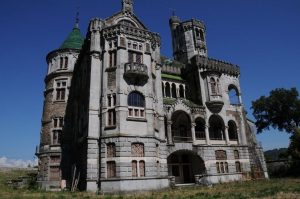
In 1993, the Caixa Geral de Depósitos, the principal creditor of IPALTUR, filed a petition for the liquidation of IPALTUR, creating an uncertain future for the property, which was mortgaged at the time. Ultimately, the property was bought by CGD in 1998 and put up for sale by 2006. Before the sale, the local Junta de Freguesia for Palmeira attempted to reach an agreement with CGD, offering 165,000 contos for the property, but the bank refused.
The four-story structure and its various spaces embody a blend of popular styles and materials, showcasing a diverse palette of architectural influences. While each space has its distinct aesthetics, they are interconnected through bridging elements such as materials and decorative themes. The construction details reveal a significant emphasis on image during the building process. The windows, made of wood or iron, or a combination of both, pose a challenge in determining whether their treatment was an inherent part of the building’s construction or an intentional design choice by architect Korrodi. In contrast, the roof tiles bear the designer’s signature, and their green color seamlessly integrates with the landscape, contrasting with the rest of the building.

The surrounding forest features a variety of exotic species, including medicinal plants like Pau Santo, Brazilian almond, and pine trees, alongside numerous national species such as palm, eucalyptus, maple, wild pine, chestnut, Portuguese cedar, camellia, and Mimosa. The area includes pedestrian trails and a small lake with a grotto that incorporates artificial stalactites in the Romantic style, reminiscent of the medieval era. This space reflects a romantic attitude, aspiring to emulate medieval aesthetics in the pursuit of a language of national purity and a preference for a ‘woodland’ over the geometric Baroque garden.

While the structure deviates in some aspects from Korrodi’s original design, this “evolution” signifies a persistent taste that allowed the realization of Korrodi’s ideal of “Habitação Nobre,” referencing Neo-Gothic elements. The residence draws influences not only from the Founders’ Chapel in Batalha but also incorporates mixed elements from Art Nouveau, Renaissance, and Romanesque styles.
